Thin-Film Transistor (TFT) displays have revolutionized the way we consume digital content. These displays have become ubiquitous in a wide range of devices, from smartphones and laptops to televisions and monitors. They offer high-quality images, fast refresh rates, and low power consumption, making them an ideal choice for modern displays.
What is TFT Display Technology?
TFT displays are a type of liquid crystal display (LCD) technology that uses thin-film transistors (TFTs) to control the flow of current to each pixel on the screen. This results in a high-quality image that is sharp, clear, and easy to see, even in bright sunlight. The TFTs are made up of a thin layer of transistors that are deposited on the glass substrate of the display. The transistors act as tiny switches, controlling the flow of current to each pixel on the screen.
Advantages of TFT Displays
TFT displays offer several advantages over other display technologies, including:
-
High image quality: TFT displays provide high-quality images that are sharp, clear, and easy to see. They offer high contrast ratios and accurate colour reproduction, making them ideal for displaying images, videos, and other visual content.
-
Fast refresh rates: TFT displays have fast refresh rates, meaning that they can display fast-moving images and videos without any blurring or ghosting.
-
Low power consumption: TFT displays consume very little power, making them ideal for use in portable devices that rely on battery power.
-
Wide viewing angle: TFT displays have a wide viewing angle, meaning that the image quality remains consistent even when viewed from off-centre.
Applications of TFT Displays
TFT displays are widely used in a variety of applications, including:
-
Smartphones: TFT displays are used in many smartphones, providing high-quality images and fast refresh rates for a smooth user experience.
-
Laptops: TFT displays are used in many laptops, offering high-quality images and fast refresh rates for a better viewing experience.
-
Televisions: TFT displays are used in many televisions, providing high-quality images and fast refresh rates for a more immersive viewing experience.
-
Monitors: TFT displays are used in many monitors, providing high-quality images and fast refresh rates for a better desktop computing experience.
TFT displays can be further divided into touch and non-touch displays.
-
Touch TFT Displays: Touch TFT displays are TFT displays that include a touch-sensitive layer on top of the display. This allows users to interact with the display by touching it, making it ideal for use in devices such as smartphones, tablets, and touch-screen monitors.
-
Non-touch TFT Displays: Non-touch TFT displays do not have a touch-sensitive layer and are typically used in devices such as televisions and desktop monitors. They offer high-quality images and fast refresh rates but do not allow for touch-based interaction.
Arduino-compatible Non-Touch TFT Display
| S. No. | Name | Image |
| 1. | 1.8 inch TFT Display | 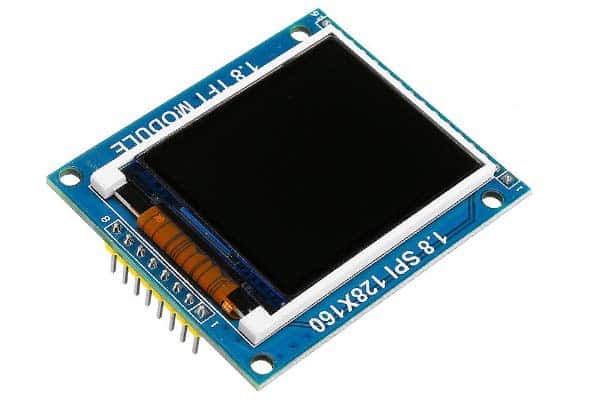 |
| 2. | 2.4 inch TFT Display | 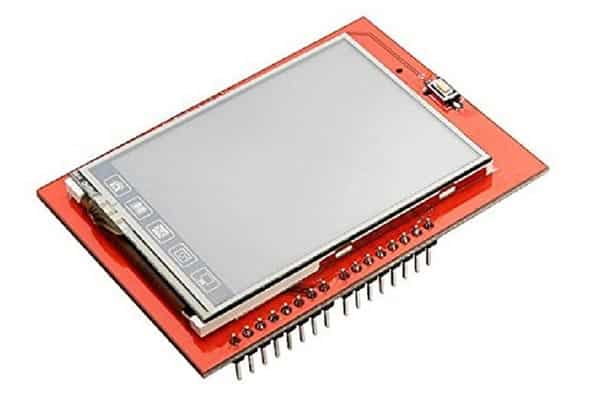 |
| 3. | 2.8 inch TFT Display | 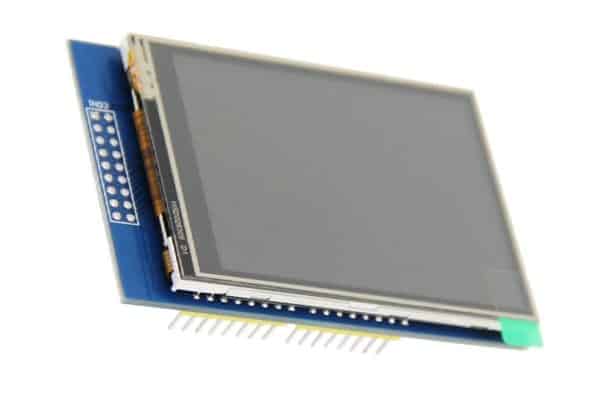 |
| 4. | 3.5 inch TFT Display | 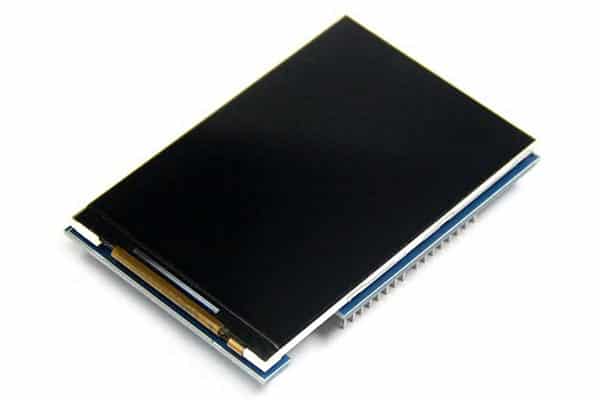 |
Arduino-compatible Touch TFT Display
| S. No. | Name | Image |
| 1. | 2.4 inch TFT Touch Display | 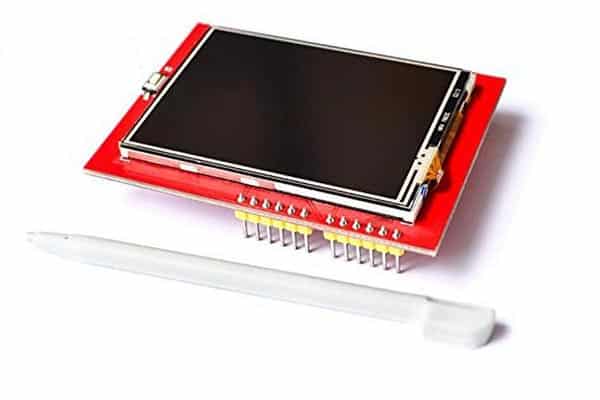 |
| 2. | 2.8 inch TFT Touch Display | 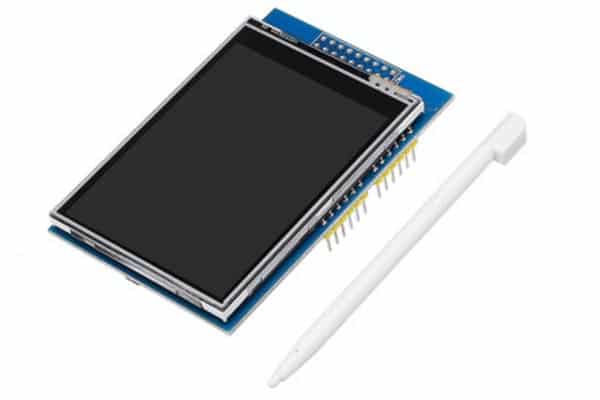 |
| 3. | 3.5 inch TFT Touch Display | 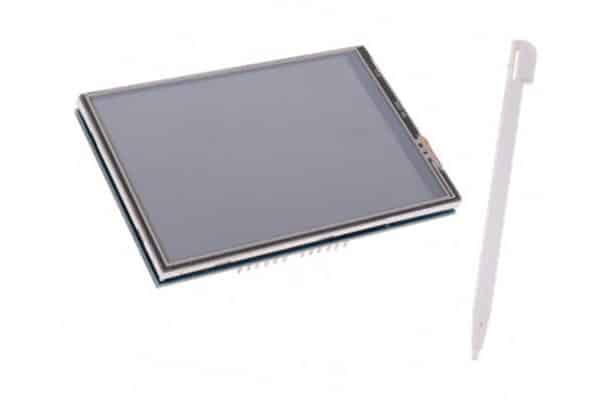 |
